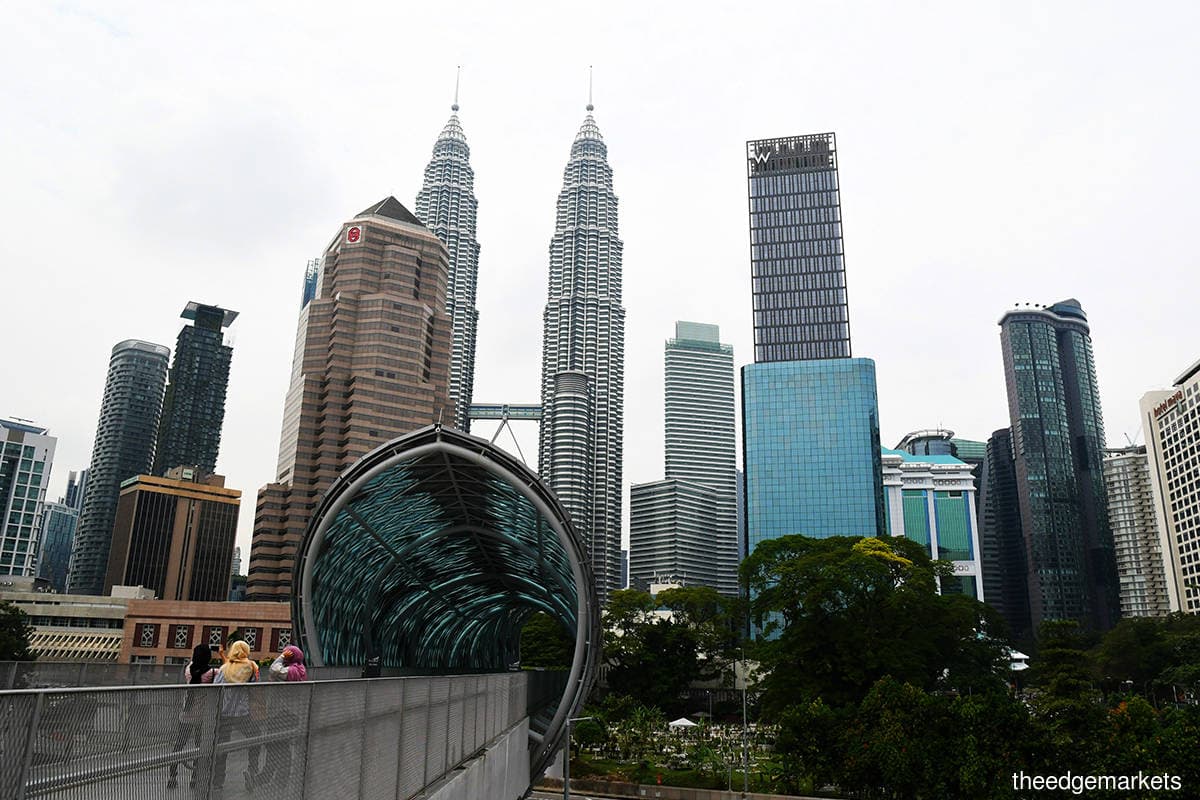
In November last year, during the Climate Change Conference (COP 27) in Sharm el-Sheikh, Egypt, countries gathered to take action towards achieving the world's collective climate goals as agreed under the Paris Agreement.
It was here that UN Secretary-General, António Guterres, declared that “We are on a highway to climate hell with our foot on the accelerator”, sounding the alarm bell that climate change had entered the sphere of an absolute emergency.
And while we have been constantly reminded that the path to “net zero” – that is the balance between the amount of greenhouse gasses (GHG) produced and the amount removed from the atmosphere – would be fraught with challenges, the recent headwinds of surging inflation, rising energy costs and the ongoing Russia/Ukraine conflict have made things exponentially more difficult.
Worth noting is that a key change in recent COPs has been the shifting focus from “mitigation” (to reduce the severity of climate change by preventing/minimising the emission of GHG) to “adaptation” (the process of adjusting to current and future effects of climate change).
In Malaysia, however, our most successful attempts at addressing climate change have been via mitigation. Last year it was reported that a World Bank analysis found that Malaysia had more than doubled its spending on mitigation, in real terms, between the 10th (2011-2015) and 11th (2016-2020) Malaysia Plans.
Moving forward, the 12th Malaysia Plan also calls for embracing the circular economy, and to make every effort to stop waste at the production level, where it starts. “Advancing Sustainability” is one of its three themes towards guaranteeing continuous economic growth while protecting the environment and continuing Malaysia’s commitments to global targets.
The focus, however, remains very much on mitigation. Climate action efforts in local cities also seem to focus predominantly on hard, or grey, infrastructure (as opposed to green, which is more effective and enhances quality of life).
What is urgently needed here is a greater shift towards adaptation and nature-based solutions (NbS) which harness the power of nature and functioning ecosystems as infrastructure to provide solutions for society and the environment. These are most effective when planned in an integrated, holistic manner, especially in complex urban environments. Trees, vegetation, water bodies and green surfaces, for example, can mitigate “urban heat islands” and improve microclimates in cities, while simultaneously bringing social cohesion, better quality of life and health benefits.
Last year, Think City, together with UN-Habitat, the former Ministry of Environment and Water (KASA), Penang State Government, Penang Island City Council, Department of Irrigation and Drainage, and pitched a joint application, “Penang Nature-Based Climate Adaptation Programme (PNBCAP)” Adaptation Fund, for which US$10mil has been approved. The PNBCAP takes on a comprehensive and collaborative approach, incorporating a diverse set of components addressing both environmental and social dimensions of climate change in Penang’s urban fabric, which will be targeted at George Town and Bayan Lepas.
PNBCAP is the first nature-based Climate Adaptation Programme for urban areas here in Malaysia. While the programme is a pilot initiative, it serves as a municipal framework for climate adaptation and has the potential to be scaled and adapted to other cities, both nationwide and elsewhere in the region. The Natural Resources, Environment and Climate Change Ministry under our new Government will hopefully continue to push this agenda, in moving forward with its sustainability agenda, so we can start to experience positive changes as a nation in our battle against climate change.
Hamdan Majeed is the Managing Director at Think City